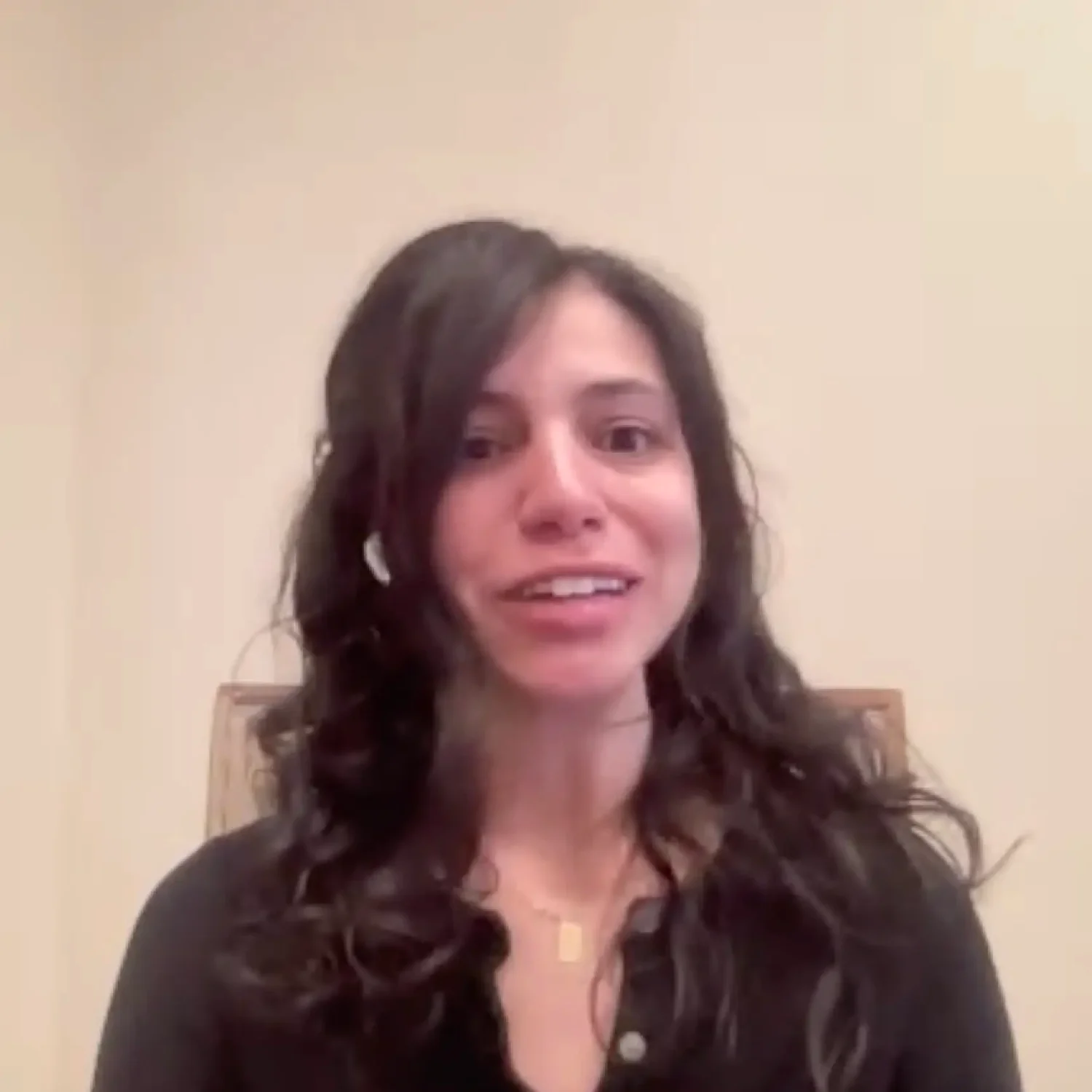This article has been medically reviewed by Nisha Chellam, MD. It contains additional reporting by Angela Myers.
Did you know there’s a strain of yeast called Candida that’s helpful in small doses but can throw your body off balance if you have too much? Here’s how to cure Candida naturally and permanently.
Your body contains millions of microbes, including bacteria and fungi. Some are good, some are bad, and some are dose-dependent (which means its impact depends on how much you have). Early research shows that when the balance of this delicate ecosystem is undone, it can be associated with things like weight gain, cardiovascular diseases, and autoimmunity.
Candida is just one of the microbes that can impact your health. And it's important to note that Candida itself isn’t bad. In fact, our bodies need a certain amount of Candida to stay healthy and balanced; short- and long-term health issues only arise with Candida overgrowth—when Candida grows out of control.
Read on to learn more about how to cure Candida naturally and permanently.
What is Candida?
A common question we hear is: Is Candida a yeast? Candida, or Candida albicans, is a member of the fungal family, but is typically referred to as a yeast, according to Stephanie Wallman, DO, a former physician at Parsley Health. It naturally coexists alongside other microorganisms in several areas of your body, including the skin, mouth, throat, gastrointestinal (GI) tract, and vagina.
In healthy amounts, it helps you maintain a healthy balance of microorganisms in these different areas, as well as support your immune system, says Kelly Candela, RDN, MS, a health coach at Parsley Health.
However, if your body has an overgrowth of Candida (known as Candida overgrowth or candidiasis), it can throw its various ecosystems out of balance. The result: a host of not-so-pleasant symptoms (more on these shortly).
Chances are you’re already familiar with a few different types of Candida overgrowth. For example, an overgrowth of oral candidiasis is known as thrush, while overgrowth of vaginal candidiasis is known as a yeast infection.








